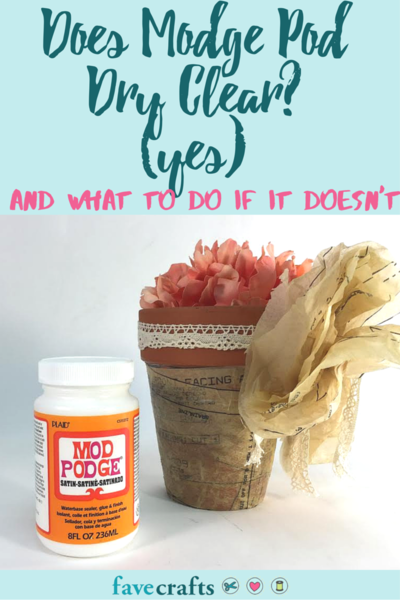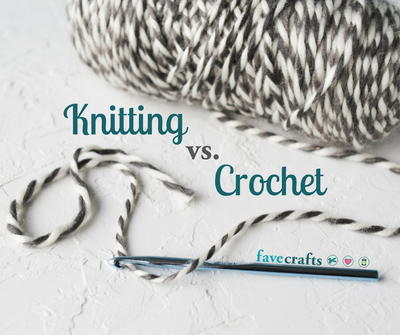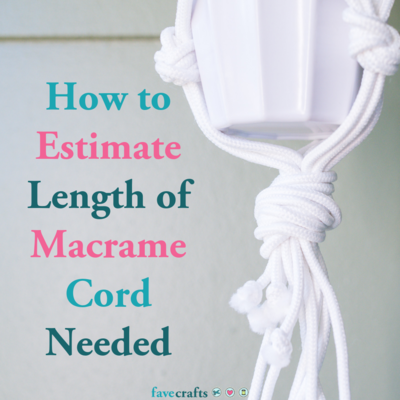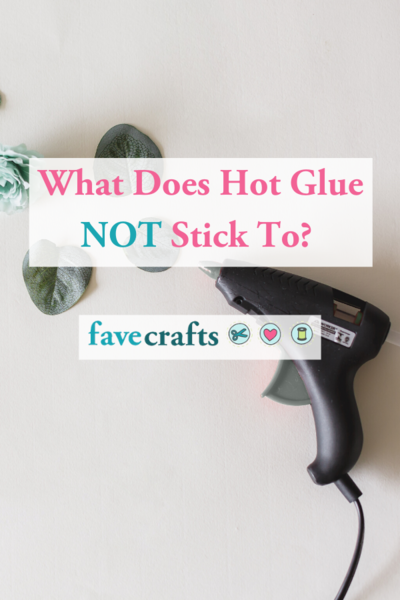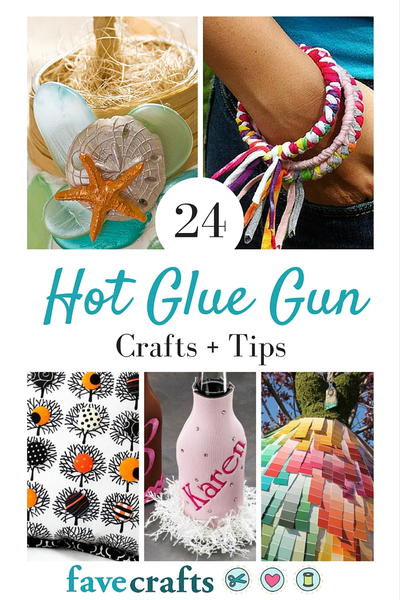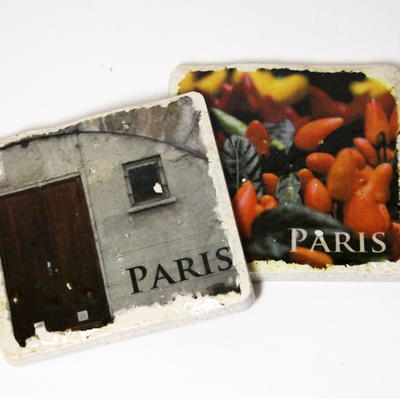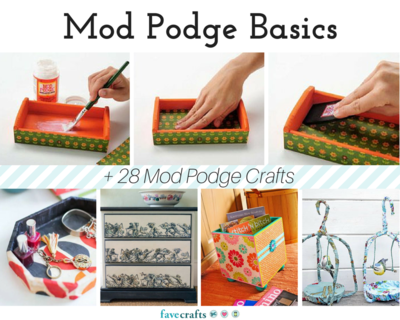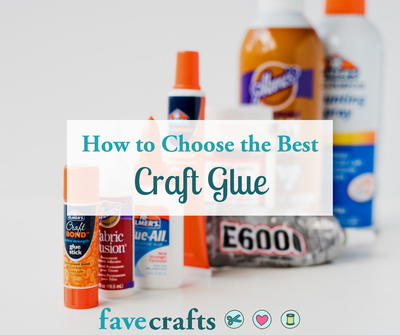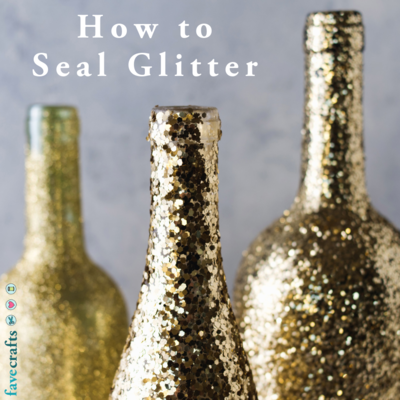Serendipity Paper
Learn how to make serendipity paper in 6 easy steps from Maria Nerius. It's a great way to recycle paper scraps and makes a great background for a scrapbook or book project.
Materials:
- Heavyweight cardstock: this is your background or “base” sheet of paper.
- Scraps of paper: the more variety the better. Select a color theme and get out your scraps of textured paper, vellums, velveteens, handmade papers, tissue papers and more.
- Paper glue or Xyron
- Paper cutter or scissors & ruler
- Pencil
- Optional: rubberstamps, inkpads, sponges, embossing powder and heat tool.
Instructions:
-
Serendipity paper is usually used as a background or matting paper.
-
Tear scrap papers into smaller pieces no bigger than 1/4" x 1/2". You’ll want variety in the abstract design of the serendipity paper so make different sizes and shapes.
-
Begin to glue torn paper randomly to your background or base paper. Keep gluing until the surface is covered. This is serendipity paper. Allow glue to dry.
-
If you want to use your rubberstamps, stamp images onto scrap papers. If you want to emboss stamped images use pigment ink, embossing powder and heat tool.
-
If you want more color variety you can use a sponge to apply inks directly to the paper. Heat set any ink.
- Cut your serendipity paper into squares for letters, small photos, borders, pockets and other designs for your scrapbook, rubber stamping or card projects. The random pieces all seem to fall into place creating a very unique paper to use for mats and frames too. No two pieces of serendipity paper ever turn out the same!
Tips:
-
Try using only one color tone to create a monotone background that will let anything you place on top of it really stand out.
-
Use a color wheel to help you match up coordinating colors of scraps.
-
Add fiber or threads to the paper for more texture and interest.
-
Always run your finger over your completed piece to make sure all adhesive has been covered. If your finger sticks anywhere, just cover it with a paper scrap.

